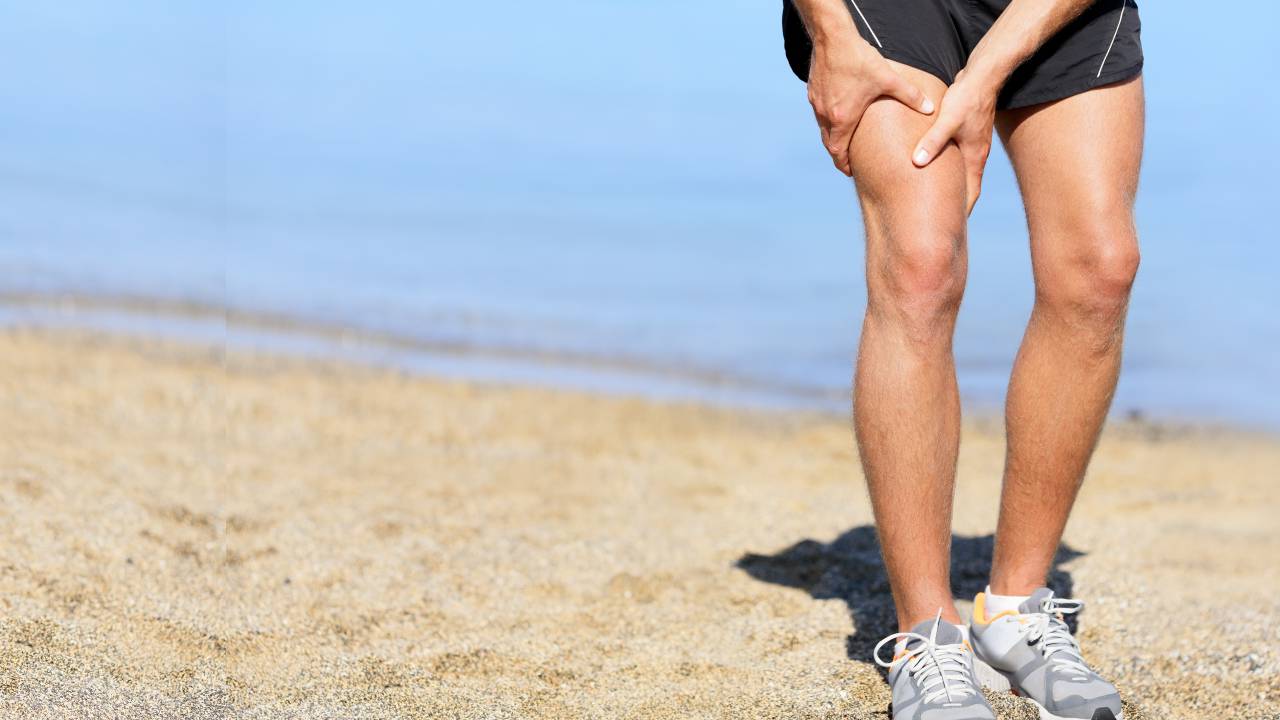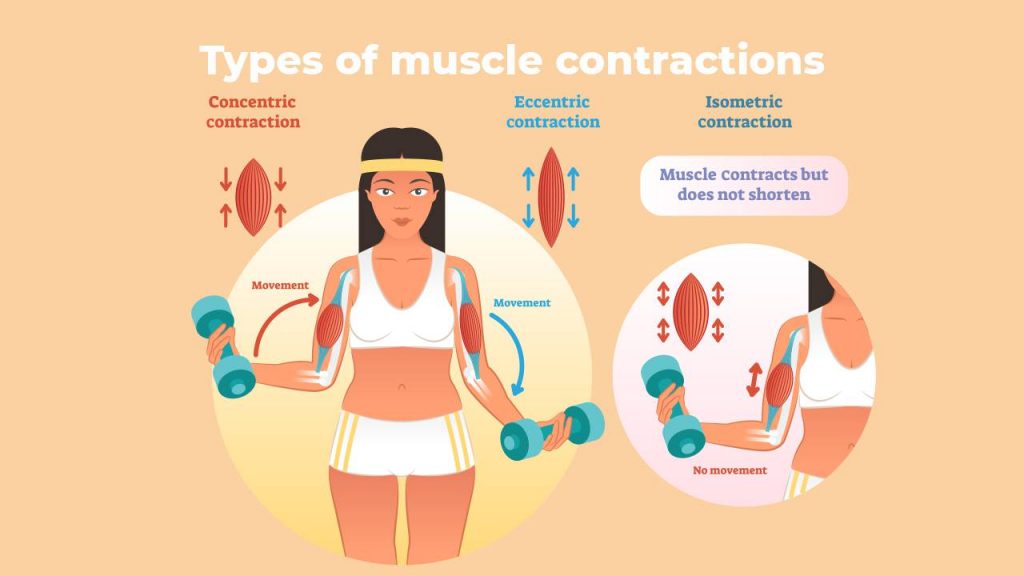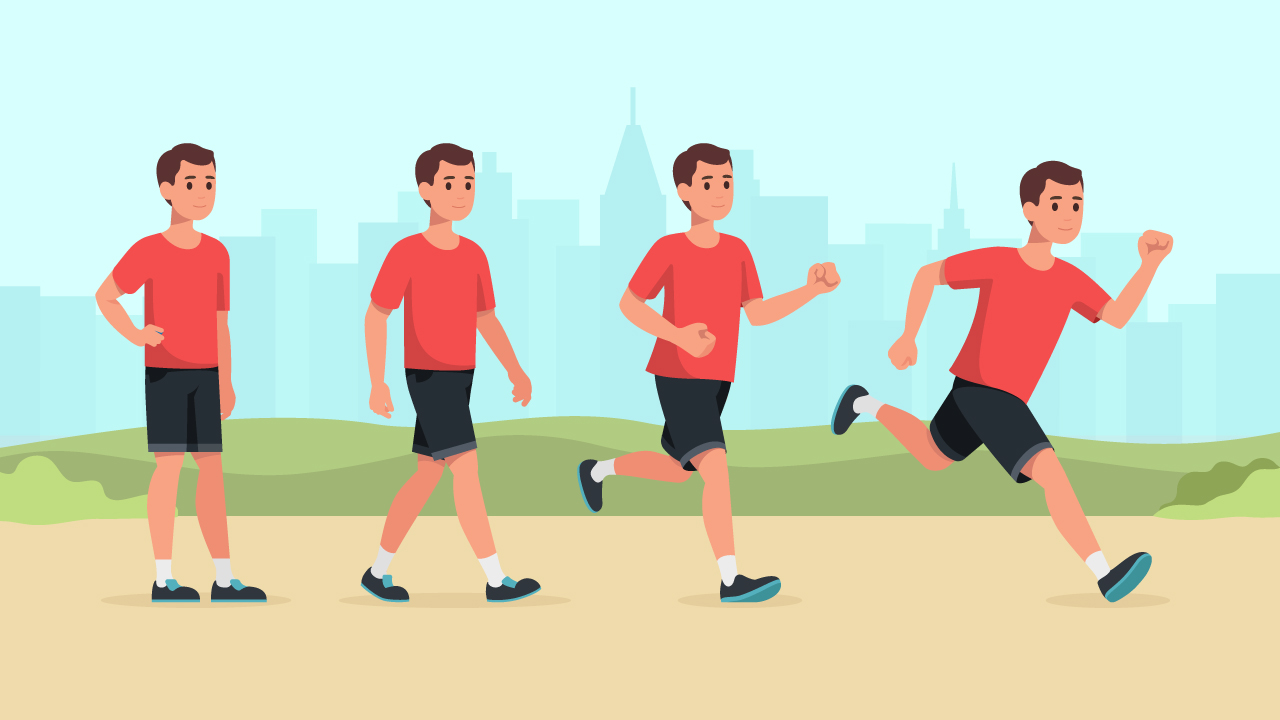
DOMS: What to Know About Delayed Onset Muscle Soreness

It often happens that a couple of days after a hard workout, you experience soreness to the extent that you may be unable to perform your daily chores or even get out of bed. The pain or stiffness in muscles, which is felt several hours or days after a strenuous or a new workout routine, is referred to as Delayed Onset Muscle Soreness or DOMS.
What is DOMS?
Muscle soreness after any physical activity is common. However, DOMS is the feeling of pain, stiffness, tenderness, and fatigue that sets in within 24 to 48 hours after the activity. It is your body’s response to excess stress on your muscles.
When your muscles experience something different, like a physical activity you have never performed before, or a workout that is more intense than usual, they get stressed. This leads to the symptoms of soreness that you experience
When you perform a physical action, there is some form of muscle contraction that occurs. Let’s first talk about the three main types of muscle contractions — concentric, eccentric, and isometric.
When the total length of the muscle shortens during an action, it is called concentric contraction. When lengthening of the total muscle occurs, it is called eccentric contraction; isometric contraction is when length of the muscle remains constant as tension is produced.

For example, when you perform a bicep curl, as the arm is lowered, the lengthening that occurs is considered as an eccentric contraction. While lifting the arm, the muscle shortens as tension is produced, leading to concentric contraction. During running, eccentric contractions occur during the phase of gait, when you are about to strike the ground with your foot. The eccentric contractions are even more intense when you are running downhill because the leg muscles are loading in preparation for a foot strike with more force due to gravity pulling you down.
Also read: Muscle Contractions: Different Types and How They Affect Training
Although there are many theories behind the causes of DOMS, the most popular one is associated with the formation of microscopic tears in your muscle fibers, commonly due to high-intensity, eccentric muscle contractions. The body’s response to these microscopic tears or muscle damage is to increase inflammation, which initiates the process of repair and healing. The affected muscle fibers heal to adapt to the physical demands placed on them, hence making them stronger.
How does DOMS differ from muscle soreness felt immediately after a workout?
It should be noted that DOMS is different from the acute pain or soreness one feels during or immediately after a workout. For instance, while performing isometric exercises, you may feel acute pain due to the “burn” you feel when the muscle has been under tension. Similarly, when running you may experience acute burn when doing speed intervals because certain chemicals like lactic acid accumulate in your muscles.
Clinical signs of DOMS
- Pain and tenderness of the affected muscles
- Muscle stiffness
- Restriction of movements or reduced range of motion
- Swelling of the affected area
- You may experience temporary reduction of strength in the affected muscles
Managing symptoms of DOMS
Generally, DOMS does not require specific treatments. However, there are some strategies you can apply to ease the symptoms, which include:
1. Performing low-intensity exercises, focused on engaging the muscles not affected by DOMS is recommended. This may help in increasing blood flow and promote recovery.
2. Light massage has also been indicated in helping ease symptoms of DOMS by allowing better blood flow to the affected muscles. The type of massage and pressure may vary, depending on the extent of soreness.
Mild to moderate soreness is usually not a cause of concern. However, if you experience severe swelling, unbearable pain, or your urine becomes a dark color, you should seek medical attention immediately.
Although you may not be able to completely prevent DOMS, you can take precautions to reduce the severity of the symptoms. One of the effective ways to reduce the severity of soreness is to progress gradually and increase the volume and intensity of your workouts incrementally. This allows your muscles to slowly adapt to the new forces applied and reduce the severity of symptoms.
Exercise is physical stress imposed on the body; for the best results, exercise should challenge you to work hard, beyond your existing comfort level, but it should not cause pain. While it is important to challenge yourself when you workout, there is no need to exercise to the point of discomfort every time you sweat.
Be smart, exercise regularly, increase the volume and intensity gradually, have a balanced diet, and be sure to get plenty of sleep to promote muscle-building and recovery.














